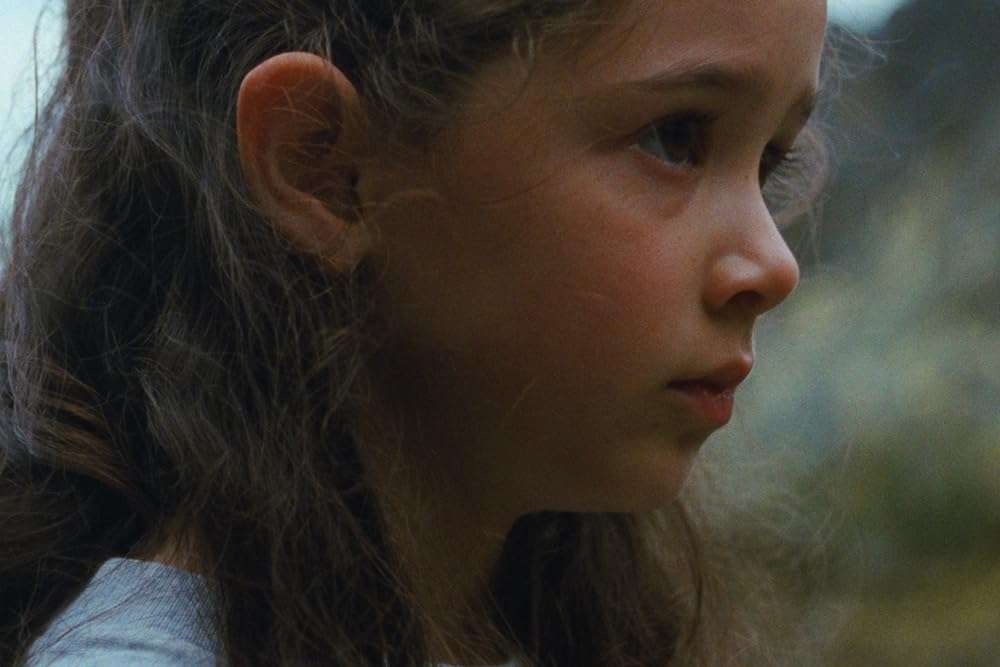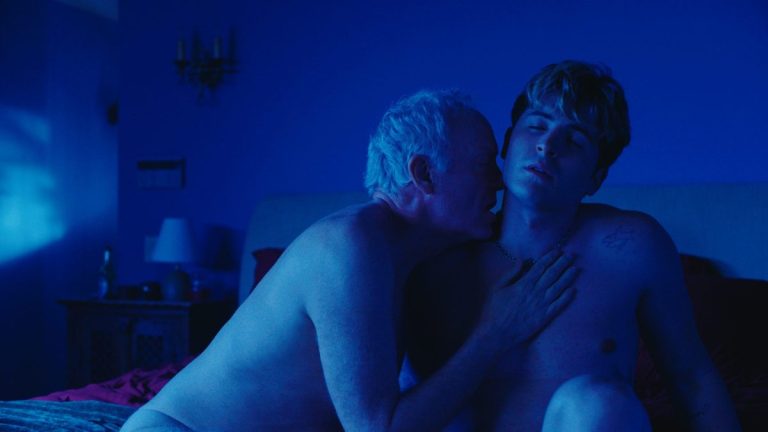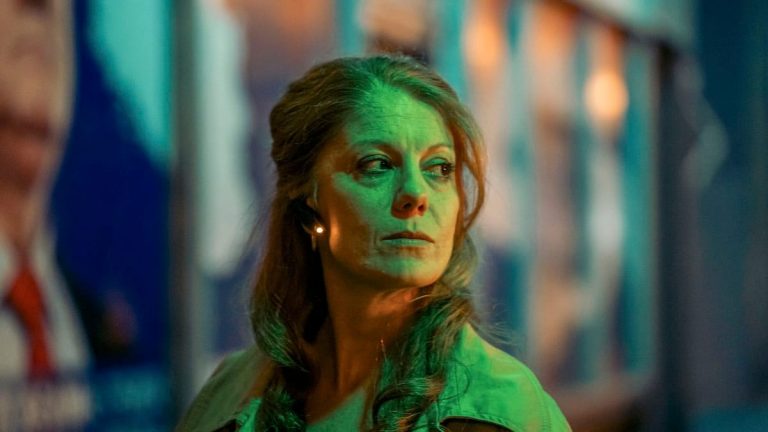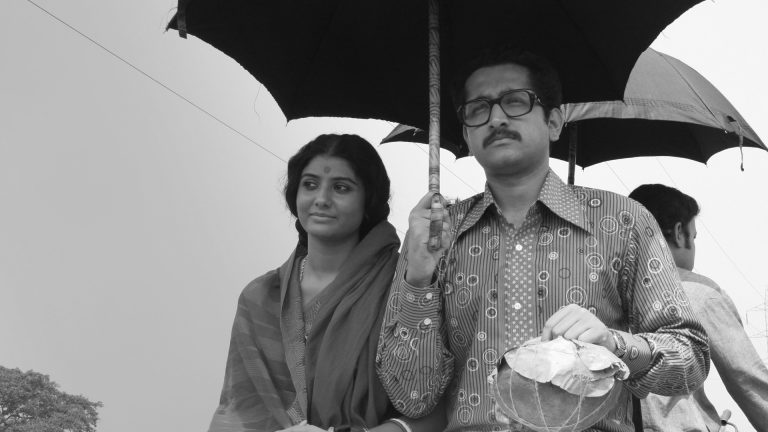Meredith Hama-Brown’s “Seagrass” is about a family that strays from their everyday life to come to a couple’s retreat with their two kids to work on their marriage. The film’s perspective doesn’t waver from their relationship. It also creates a comparative study between the kind of relationship that existed and how the modern relationship is. This difference is vital to understanding the character of Judith, played by Ally Maki. After the death of her mother and experiencing problems in their marriage, Judith and her husband Steve decide to work on their relationship and bring their two daughters as well.
“Seagrass” explores the intricacies of relationship hierarchies, not just between a husband and a wife but the various relationship roles that exist in a family. The bond between the two sisters, the constrained relationship between Judith and her recently deceased mother, the lovely relationship between the father and the eldest daughter, and the ignorance of Judith to her eldest daughter’s needs. There are so many layers to each and every relationship that the almost two-hour run time doesn’t feel long enough. You’d want to invest more time looking at the modern relationship troubles that plague every society.
The relationship between the sisters is a bit predictable in the narrative. As they are forced into this new environment, the eldest daughter finds people close to her age and starts ignoring her sister. Brown utilizes this natural and cliched trope, and the ultimate resolution when Stephanie, the elder daughter, jumps right into the water to save her little sister, who gets lost inside a cave, also represents what their parent’s relationship isn’t. People are ready to fall in love, but love also comes with responsibilities. Working on a relationship is like tuning your car from time to time. This constant reminder that it is not smooth sailing is, most of the time, the death knell of a relationship.
Director Brown also focuses the conversation around the ridiculousness of these relationship retreats and borders on the obscene tasks that the couples are made to do to ensure they understand the importance of their relationship. She also creates the perfect opposition to Judith’s husband, Steve, in the form of Pat, who, like Judith, is Japanese-Canadian. Pat is a well-rounded, emotional man. If you have to compare the structure of retreat, it would be like that of school. Pat and his wife are the star students who have aced every test thrown at them, while Judith and Steve are the new recruits.
Steve, alongside the audience, is flabbergasted at what everyone else is doing. Judith’s wants are characterized by Pat, the soft, emotional man who is unafraid to show his emotions. In contrast, Steve is the perfect handyman who will fix stuff if broken without paying attention to those whose feelings have gotten hurt.

All hell breaks loose when Judith keeps flirting with Pat, and Pat, even though he is married, reciprocates that feeling without it ever getting physical. The apparent disconnect between Judith and Steve is well documented by Judith’s desire to be with Pat. When she hears Pat and his wife have sex through the walls, she makes a move on Steve. The exciting part of this entire episode is when she keeps asking Steve to pleasure her and keeps giving him instructions. It’s a layered scene. After so many years of marriage and two kids, Steve still doesn’t know how to please his wife.
The emasculation of Steve on all fronts is complete. He doesn’t know how to work on the relationship, and most importantly, he is incapable of showing emotions. This also brings forth the tension between Judith and her parents, especially her recently deceased mother. Her parent’s relationship was utilitarian in nature. Marriage was a responsibility, and it needed to exist because they had kids, and that’s how the family system worked. This old system also had its flaws where the parents would have to be strict. The strictness did not come from the need to discipline their kids, but it was an inherent part of the family structure for a first-generation American. Freud would always be proud of his pedagogy when he theorized how we select our partners.
Even though our wants and desires are to find someone completely different from how our parents are, we end up selecting partners who are similar to our parents. If we apply that logic to Judith’s marriage, we get a clear picture of who her father was. In one telling scene where she is cooking, the children are playing loudly, and Steve is glued to the TV set watching the news. Judith bursts open and accuses Steve of being exactly like his father. Steve says this is what every father does. They watch television. The scene is hilarious, even though it deals with many layers of pain.
“Seagrass,” at a glance, seems like a story of a dysfunctional marriage. But Brown treats it with a holistic approach that does not just discuss marriage. It also talks about how a marriage involving two different races can be challenging. Many statements by the husband might be termed as conventional casual racism, and the children also casually brush away the remarks that say they are considered as the other.
The central crux of the story still remains: what do you do with your relationship when your love ends, which can be like a drug-infused trip? Do you need that high to experience love, as is evidenced by the brewing infidelity between Pat and Judith? Or do you carry on with the marriage like a job, an optimum utilization of resources to ensure the children do not suffer? “Seagrass” poses these questions and leaves the answers to the audience.



![Synchronic [2019]: ‘TIFF’ Review – Ambitious and Effective](https://79468c92.delivery.rocketcdn.me/wp-content/uploads/2020/01/Synchronic-highonfilms-768x384.jpg)
![Ballad of a White Cow [2022]: ‘MUBI’ Review – An Urgent Political Drama Asking Bitter Questions From the State](https://79468c92.delivery.rocketcdn.me/wp-content/uploads/2022/02/Ballad-of-the-White-Cow-768x432.jpg)


